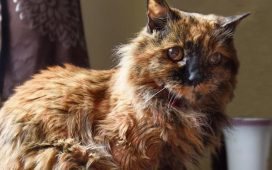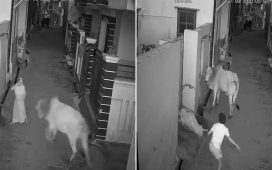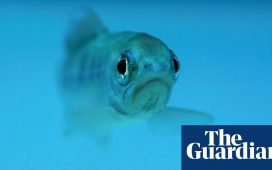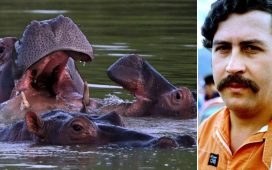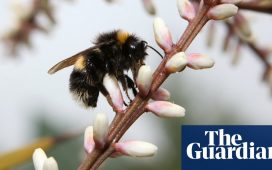A laughing frog and an intertidal marine worm named after Sir David Attenborough are among 750 animals, plants and other organisms that have been newly recognised on Australia’s list of species.
The western laughing tree frog Litoria ridibunda, which laughs rather than croaks, the David Attenborough worm Marphysa davidattenboroughi, and the cracking-clay Pilbara marsupial Planigale tealei were added to the Australian National Species List in 2023.
Another species with a famous namesake to be newly placed on the list is an orb spider – Venomius tomhardyi – named after Tom Hardy’s Marvel character, Venom.
The national species list is a taxonomic database that formally describes Australia’s native plants, animals, fungi and other organisms.
Taxonomy is the science of describing, naming and recording life on Earth. Taxonomists search for differences in physical appearance, genetics, behaviour and location to determine species that are new to modern science.
“Many people might be shocked to hear that 70% of our native species remain unnamed and hidden to science,” the environment and water minister, Tanya Plibersek, said.
“Australia is a global biodiversity hotspot with more than 150,000 native species, yet taxonomists are naming about two species new to science each day.”
Euan Ritchie, a professor of wildlife ecology and conservation science at Deakin University, said Australia was renowned for its unique and rich biodiversity.
“It’s vital we continue to support surveys and taxonomic research across this vast continent, as without doubt many more species remain to be formally described by science,” he said.
“While many species may not be known to western science, they are likely to have been familiar to First Nations peoples for millennia, and are central to Indigenous culture.
“Fostering more collaboration and combining traditional Indigenous ecological and cultural knowledge with rapidly advancing wildlife survey methods and genetic approaches will help to further advance our understanding of Australia’s extraordinary biodiversity.”
Many of the newly described species are invertebrates.
Ritchie said the vast majority of Australia’s animals were invertebrates and wildlife surveys and museum collections demonstrated that the more scientists looked, the more they realised that most invertebrate species were yet to be formally described by taxonomists.
Plibersek said many of the new animal, plant and fungi species were described and classified through projects funded under the Australian Biological Resources Study’s national taxonomy research grant program.
She said 14 projects would share $2m in funding to name and classify native Australian species throughout 2024-25.
Among them is a project that will build on data for the laughing tree frog collected by citizen scientists last year. The croaks will be studied using the FrogID app to compare differences in male calls, and DNA from museum specimens will be used to identify and describe new frog species.
Other projects include formally describing at least 120 species of Australia’s sixth-largest plant genus Lepidosperma (sedges), reviewing the family of orb-weaving spiders to identify 50 new species, and assessing the crustacean biodiversity in Western Australia’s deep-sea marine parks.
